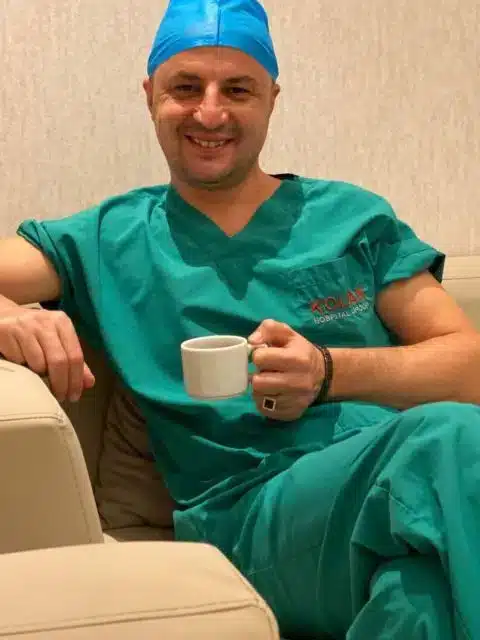Spine health is very important because of some unique differences compared to other bone structures in the body.
Its crucial function is to protect the spinal cord passing through it. At this point, it should be taken into account that all body functions underneath the head depend on the spinal cord being steady and functional.
Therefore, the protective role of the spine is very important.
Another essential function of the spine is to form a support column for the suspension of internal organs. Accordingly, any disease that will disrupt this support will also affect the internal organs.
In addition, the normal posture of the body depends on the healthy anatomical structure and curvatures of the spine.
Spinal Disorders and Injuries
The most common group among spinal disorders is degenerative spine diseases.
This condition, which is also described as calcification of the spine colloquially, can cause severe pain that begins with lower back and neck pain and reduces the patient’s daily activities and walking distance in the following period. In the later stages of the disease, numbness, tingling, felting may occur in the arms or legs, and a decrease in muscle strength or a state of complete weakness (paralysis) may be observed.
Lumbar or neck hernias are seen at relatively younger ages compared to degenerative spine diseases. At which level the hernia occurred, pain, numbness or loss of muscle strength may occur in the nerve root of that level.
Pathological curvatures of the spine can simply be classified into two groups as scoliosis and kyphosis.
Scoliosis is the curvature of the spine when viewed from the opposite side, and kyphosis is the increase in the existing normal hump when looking at the patient from the side.
Both conditions have many causes and various treatment methods.
As with other systems of our body, tumors and infections can be seen in the spine.
Most of the spinal tumors are formed not by the spine itself but by metastasis, that is, the occupation of tumors originating from other tissues.
Similarly, spinal traumas can occur from many reasons, but treatment is more difficult and urgent than other bone structure injuries.
Reasons
In some cases, a predisposition to spinal diseases may occur.
Genetic inheritance is one of them. Although scientific studies have not found a clear numerical relationship on this subject, the probability of similar diseases is high in people with a family history of spinal disease.
Another cause of predisposition is osteoporosis. Women are more disadvantaged in this regard, because decrease rate in bone density mounts up following menopause.
Osteoporosis also paves the way for spinal compression fractures.
Apart from these, many environmental factors may also be the cause of susceptibility.
For example, degenerative spine diseases are observed more frequently in people with an intense pace of work that causes excessive loads on the spine. Heavy lifting, unconscious sports activities, movements that force the waist and neck region can be counted as the factors that impair the spine health.
In our clinic, the expert team led by Assoc. Dr. Mehmet Nuri Erdem gives seminars on spine health.
Especially for desk workers, measures and exercises to correct body posture are explained, and exercises to protect spine health are taught to patients in need by expert physiotherapists.










